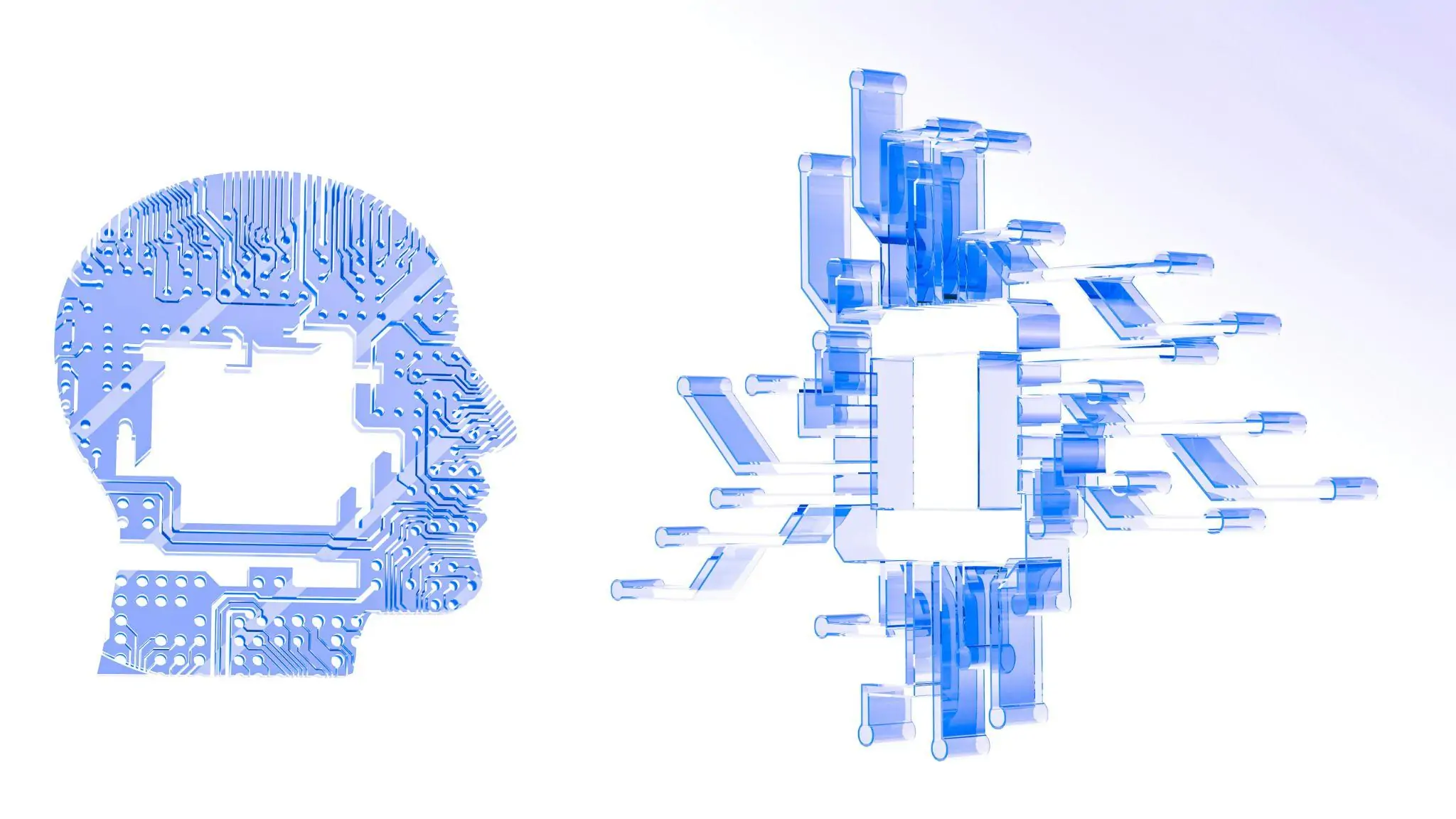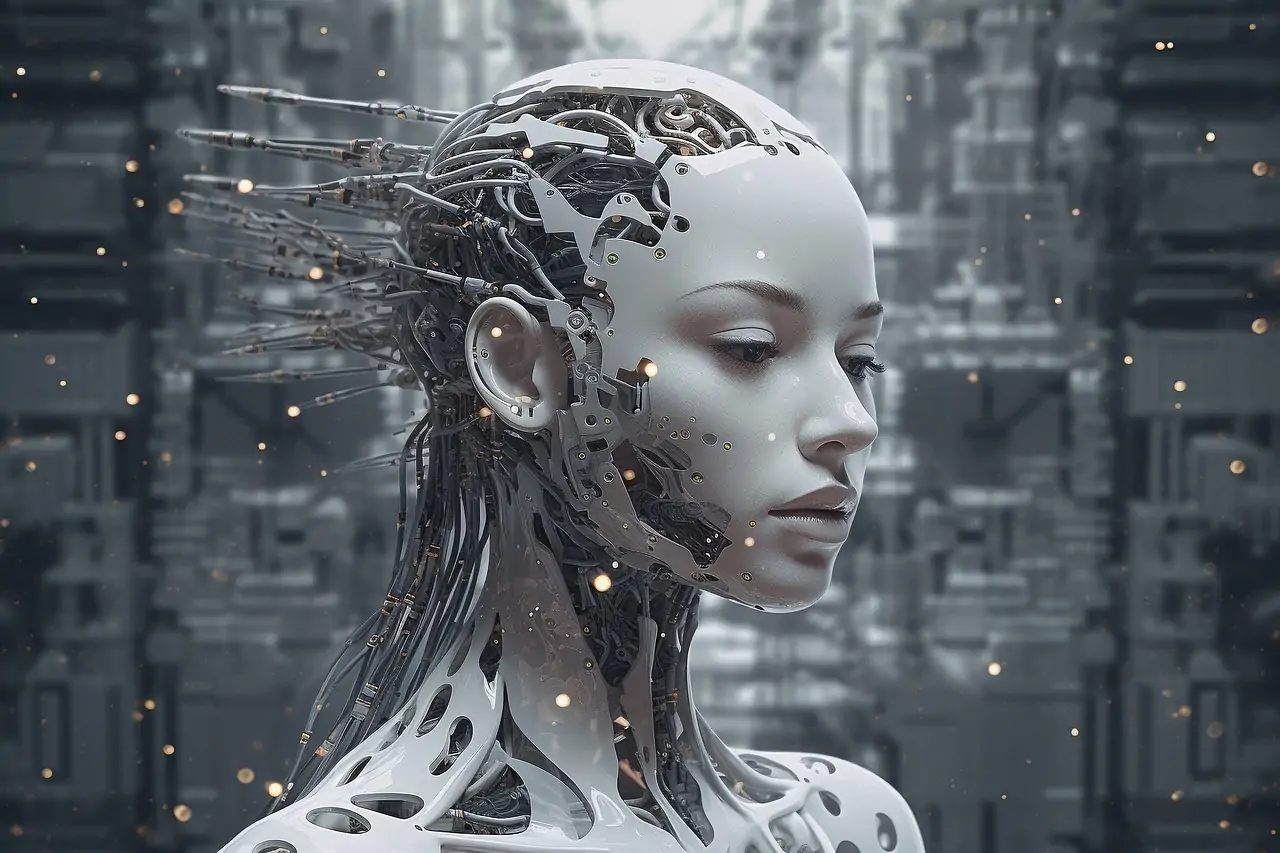
AI Impact on Innovation in 3D Modeling Techniques
3D modeling was formerly a closed-off community where members needed to spend years perfecting their skills. However, today, we see Artificial intelligence (AI) opening a new world of possibilities.
With the help of an AI tool that is both intuitive and user-friendly, anyone brimming with creative ideas can now bring their visions to life with just a few clicks and drags.
According to recent research, a whopping 75% of 3D artists have acknowledged that AI technologies have significantly increased their output. Technological hurdles have crumbled, allowing a new wave of artists to realize their wildest imaginations. Below are some of the major impacts that AI is having on the world of 3D modeling.
Impact #1: Text-to-3D with Generative AI
One of the most exciting developments in AI is how it lets you create 3D models using simple text descriptions. This is made possible by generative AI tools like DALL-E 2. Imagine typing in “A futuristic spaceship with neon lights and curved wings” and seeing a corresponding 3D model generated right before your eyes.
This has huge implications. Game developers could quickly create unique assets by simply describing them. Architects could visualize complex building concepts in just a few minutes. The possibilities are endless. It’s a powerful way to bridge the gap between an idea in your head and a tangible 3D model.
Impact #2: Efficiency at Scale: AI-Powered Automation
AI is a rock star when it comes to the boring, repetitive stuff in 3D modeling. Think of UV unwrapping—the process of basically flattening a 3D model so you can put textures on it.
AI can analyze a model in a flash and come up with perfect UV layouts way faster and more accurately than any human could. This is huge because it lets artists focus on the fun part—the actual creative work.
The same for textures – need a crazy-realistic wood grain or cracked stone? AI creates it in seconds, sometimes from just a simple photo or description. It’s nuts!
Impact #3: Democratizing 3D Design
The old way of 3D modeling required fancy software and a lot of tech know-how. AI art generators and simpler modeling tools are changing all that. Now, even if you’re not a computer whiz, you can bring your 3D ideas to life.
So, way more people are getting into 3D modeling—artists, designers, and regular folks with cool ideas. It’s like everyone has access to this amazing superpower, and that’s going to spark new creations everywhere.
Impact #4: From Images to 3D Reality
Image-to-3D AI and 3D model-to-image AI are similar yet completely opposite technologies that are pushing the boundaries of 3D reconstruction. There are AI algorithms that can analyze photos or simple sketches and infer the underlying 3D shape, creating an editable model. However, there are also 3d to image ai tools that allow the use of 3d models in image generation. Many functions are common, but every tool tries to do something unique as well, so you just have to play around to learn about specific features.
Imagine quickly converting a concept sketch of a new product into a fully manipulable 3D model with minimal effort. This technology has implications for industries ranging from game design and virtual prototyping to reverse engineering and cultural artifact preservation. But also, imagine using 3d models to create even more unique images that open up new possibilities in art that will help you stand out from the rest.
Impact #5: Elevating Details with AI Upscaling
Resolution matters! Image upscaling AI tools enhance image quality and increase the resolution of existing images or textures.
For example, a low-resolution image of a brick wall can be transformed into a high-resolution texture rich with detailed imperfections and realistic surface variations. The ability to upscale image details unlocks new potential for creating photorealistic 3D environments.
Impact #6: Collaboration and Iteration
One important aspect is that AI isn’t here to replace 3D artists but to augment their abilities. Think of AI as a powerful collaborator. Artists still provide the initial inspiration and direction, but AI accelerates the creative journey.
This collaboration is particularly evident in iterative design. Artists can use text-to-image AI to quickly generate variations on a concept.
With a few text prompts, the AI might present alternative color schemes, shape variations, or entirely new textural directions—a process that could take a human artist far more time.
Impact #7: AI-Generated Textures
With the right AI prompts, the quality of AI-generated materials is truly astounding. These tools offer incredibly realistic simulations of real-world materials while empowering artists to transcend those limitations and create stunning, never-before-seen textures.
AI-generated textures are amazing! They can look just like real-world materials or go way beyond anything we’ve seen before. How about a surface that shimmers like melted gold mixed with rainbow insect wings? Or one that pulses with light, like a living creature from the ocean? The possibilities are endless.
Use Cases: Where AI’s Impact Is Felt
Are you ready to see the difference AI is making? Let’s dive into the industries and projects where AI is reshaping how 3D models come to life:
Game Development
AI is a game-changer, rapidly generating everything from detailed terrain to basic props.
Game studios can build prototypes at lightning speed, while AI-powered tools handle time-consuming tasks like texture creation. No wonder a recent survey reveals that 42% of studios eagerly embrace AI
Architecture
AI becomes the ultimate brainstorming partner for architects. Designs transform in minutes, morphing and adapting as the AI suggests variations aligned with structural integrity and aesthetic goals.
Product Design
Bringing ideas to life takes on a new dimension. Product designers can describe the product they envision, and AI tools generate compelling 3D models ready for refinement. This simply means that the path from concept to prototype has dramatically shortened.
Film and Animation
AI is a workhorse for filmmakers and animators. Crowds of background characters, intricate textures, and seamless environment details easily emerge. This frees up artists to focus on the heart of storytelling – the characters and their world.
The Future of 3D Innovation
The quality of AI-generated materials leaves us breathless, but the best is yet to come. AI’s journey in 3D modeling is in its early stages, promising a wave of innovation that will transform how we create and interact with the digital world. Below is a glimpse into that potential:
Intelligent 3D Sculpting
Imagine sculpting in virtual clay, where the AI understands your intent. A rough approximation of a creature’s form could trigger the tool to suggest scales, feathers, or fur. Minutes of rough blocking could result in detailed, production-ready models, freeing up precious time for artists.
Semantic Modeling
What if our 3D software understood the world as we do? Instead of just building shapes, we could tell the AI, “Create a cozy reading chair with a plush cushion.” The tool would tap into a vast database of real-world knowledge, generating suitable models and suggesting material options that convey comfort and warmth.
Real-time AI Collaboration
Picture a future where teams of artists co-create in a shared virtual workspace. As a designer shapes a building, the AI instantly suggests complementary landscaping, while another artist adds dynamic lighting that responds in real time to the overall aesthetic. This seamless, AI-assisted collaboration would redefine how we approach complex 3D projects.
Embracing AI-Driven Transformation
AI’s impact on 3D modeling is undeniable. This transformation unlocks technical mastery and unbridled artistic freedom for artists and designers.
Manipulate complex geometries easily, generate complex textures easily, and explore forms that would have taken painstaking weeks to craft by hand—now, they’re yours in minutes.
AI becomes a powerful extension of your skillset. This synergy is the future of 3D modeling, as the precision and speed of intelligent algorithms amplify your artistic vision.






